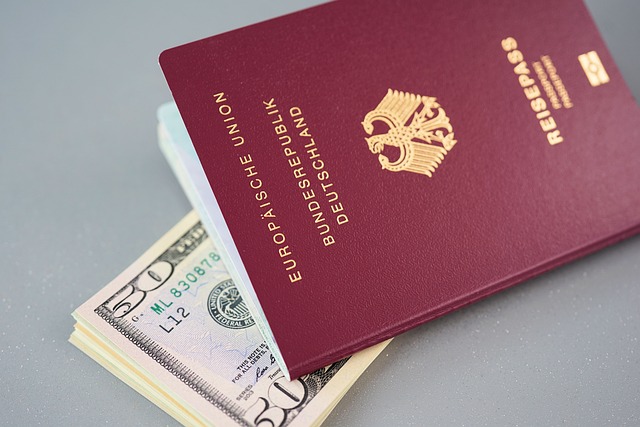What is the Public Charge Rule?
The public charge rule plays a crucial role in U.S. immigration policy, determining an individual's eligibility for permanent residency or certain visas. Essentially, it assesses whether a person is likely to become dependent on government assistance.
Historical Context of the Public Charge Rule
Originally introduced in the 19th century, the public charge rule has evolved, reflecting changing attitudes towards immigration and public welfare. Understanding this history can provide insights into current applications and controversies surrounding the rule.
Key Provisions of the Public Charge Rule
Recent regulations outline specific considerations, such as:
- Public Benefits: Welfare programs that may affect one’s immigration status include Supplemental Nutrition Assistance Program (SNAP), Medicaid, and public housing.
- Evaluation Criteria: Factors like age, health, family status, education, and financial resources are assessed to decide on the public charge.
Recent Changes and Their Implications
In recent years, the public charge rule has undergone significant changes, affecting policy interpretation and implementation. This section will outline both the 2019 rule and the Biden administration's adjustments, helping applicants understand how these changes might impact their immigration journey.
Strategies to Strengthen Your Immigration Case
Navigating public charge evaluations can be daunting. Here are some strategies to enhance your application:
- Demonstrate Self-Sufficiency: Showing strong financial stability can bolster your application.
- Seek Legal Counsel: Consulting with immigration experts can provide tailored advice and strategies specific to your situation.
Conclusion
Understanding public charge rules is vital for anyone considering U.S. immigration. By staying informed and seeking guidance, applicants can better navigate this complex terrain and secure a brighter future in the United States.




